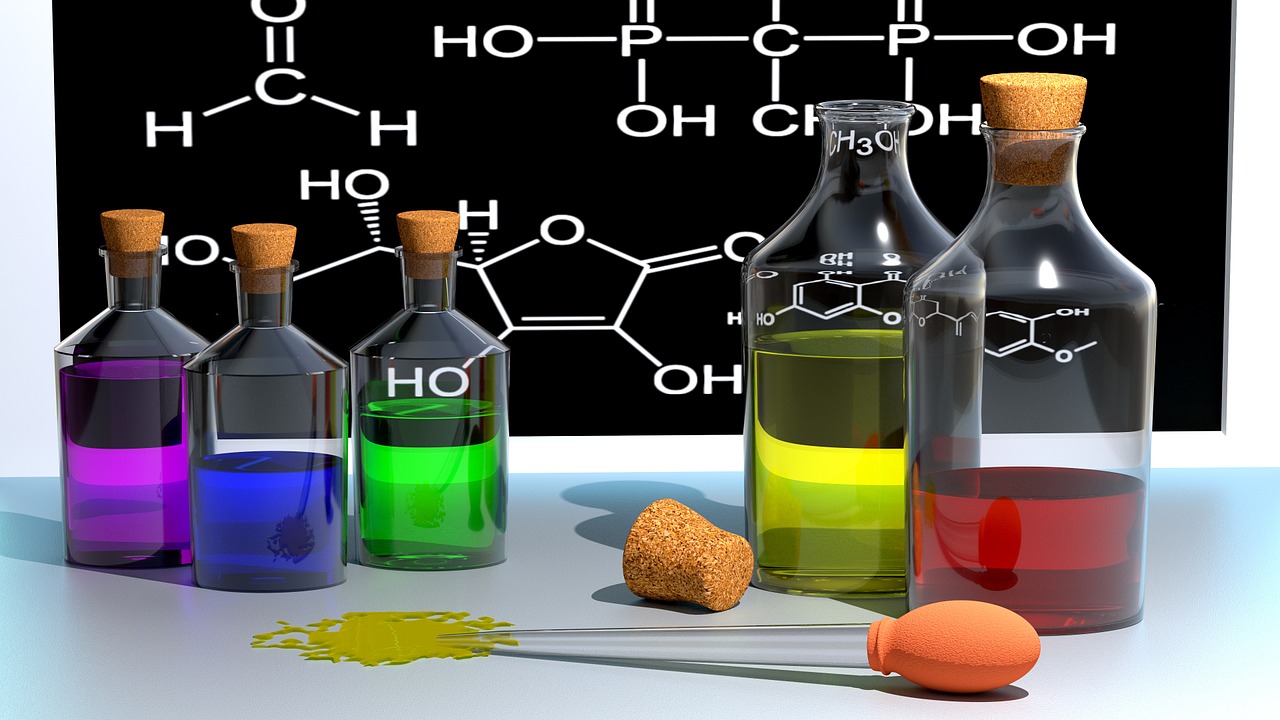Taking pollution and increasingly scarce raw materials into account, the chemical industry must shift its products and processes towards a circular economy. This implies that waste must be primarily avoided, and products need to be developed in a way that they can be reused or recycled. In their article in the renowned journal Science, Prof. Klaus Kümmerer, Director of the ISC3 Research and Innovation Hub and Professor of Sustainable Chemistry and Material Resources at the Leuphana University, Prof. John Clark, University of York, and Prof. Vânia Zuin, University of São Carlos, put forward guidelines on how to rethink chemistry to facilitate a circular economy. Clark and Zuin are also members of the ISC3 Scientific Board.
Shaping a Circular Economy
In a circular economy, products are in the first place used as long as possible, and then are reused, repaired, and recycled. “Circularity saves raw materials and reduces environmental impacts. However, today many products cannot be recirculated or recycled because low concentrations or high dispersion make it impossible to reuse them”, describes Kümmerer the limitations of this approach. “Often, when we reuse materials, we downcycle them, because it is not possible to restore the same high-quality material. The solution here is a better product design from the beginning.”
Keeping it simple
In their article, the authors suggest that scientists decipher chemicals at the atomic and molecular level and decode how their design can fit into the concept of a circular economy. This implies simplifying the molecular complexity so that products are as simple as possible in their composition, contain fewer additives, and avoid toxic components and those that are difficult to separate during the recycling process. Altogether, the authors put forward 15 rules on how chemistry can be integrated into a circular economy. They demand that companies assume responsibility for their products throughout their complete life cycle and hope that they become more involved in the research and development of recycling technologies, as well as improved product design in the sense of the circular economy.











Couldn’t agree more with this. The co-author of the paper from York you refer to is actually James Clark.